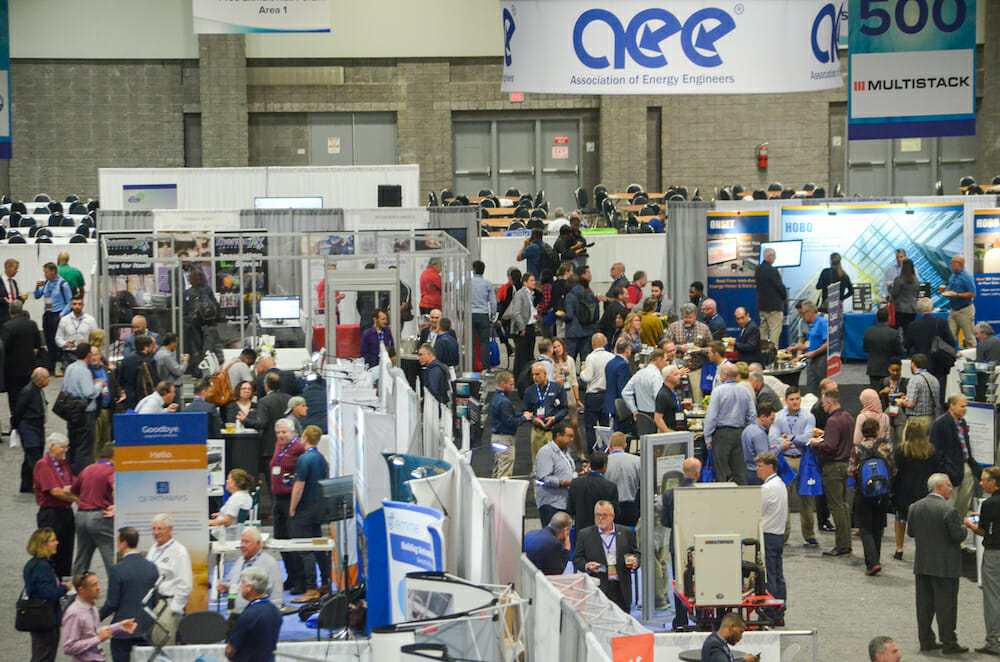
Economic Savings for Nonprofits: Section 179D and the Inflation Reduction Act

Recent updates to the Inflation Reduction Act (IRA) have triggered changes to tax incentives that benefited commercial buildings and real estate investment trusts (REITs). Nonprofit organizations can now also benefit as a result of these changes, capitalizing on economic savings by making energy-efficient improvements to their facilities. In this article, we will explain how nonprofits can take advantage of Section 179D, key considerations for building or renovating, and how Tagup is helping buildings reduce their carbon footprint.
Changes to Section 179D: Commercial Buildings Energy Efficiency Tax Deduction
Section 179D of the Internal Revenue Code (IRC) is a tax incentive program designed to encourage energy efficiency in commercial buildings. Although initially created for the commercial sector, nonprofits can now also benefit from this valuable deduction. Tax-exempt organizations who can claim 179D include:
- Universities
- Military Bases
- Prisons
- Airports
- Hospitals
- Charitable Organizations
This comes as a result of changes passed to the Inflation Reduction Act, which as of 2023, extend a tax incentive to nonprofit organizations seeking to develop or renovate their buildings. The IRA also nearly tripled the possible deduction amount that can be claimed, from $1.80 per square foot to as much as $5.00 per square foot, depending on energy efficiency levels and if prevailing wage / apprenticeship requirements are met.
To qualify for Section 179D, building improvements or new construction must result in at least 25% more efficient energy usage. These efficiencies can come from HVAC, lighting, hot water, or the building envelope (walls, roof, windows).
How to Benefit from 179D as a Nonprofit
Unlike commercial building owners, nonprofits cannot directly claim Section 179D deductions from the government. They must instead pass their deduction through an Allocation Letter to the architecture, engineering, and design (AED) firm (or other taxpaying entity) who performed the work. This means the contractor or service provider would receive the deduction dollars earned through building efficiency improvements.
Those large savings should be passed on to the nonprofit via the reduction in project costs, so long as proper planning is done in advance. In the long-term, nonprofits will also greatly benefit from reduced operating costs — freeing up resources to further their organization’s mission and impact.
As with any legal or tax-related undertaking, the process isn’t simple. It’s important for nonprofits to get guidance from experts who can help see the process through and ensure maximum benefit.
Consider the following when planning your nonprofit’s facility build or renovation:
- Perform an energy audit. Assess current energy usage to identify areas where improvements can be made, for example, optimizing HVAC systems.
- Engage with qualified professionals. Make sure the firms bidding on your work are experts in Section 179D, and loop your legal and tax advisory teams into the project to help maximize possible deductions.
- Raise the issue of 179D deductions up front. This way the bidding firms will reflect your savings when pricing the project, and you can ensure the energy efficiency eligibility requirements will be met.
Section 179D and the Inflation Reduction Act offer valuable tools that can significantly reduce costs and increase financial flexibility for nonprofit organizations. By taking advantage of these incentives and investing in energy efficiency, nonprofits can allocate more resources towards their core missions, expand their programs, and make a greater impact on the communities they serve.
What is Tagup doing to help nonprofits’ clean energy initiatives?
Facilities like hospitals and universities are using Tagup’s Beacon software to cut their carbon emissions and combat rising energy costs. Watch the video below to learn how Beacon works to help building owners and operators meet Section 179D clean energy requirements.




